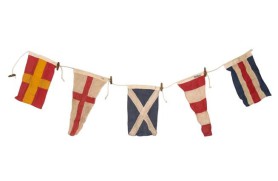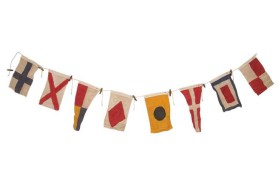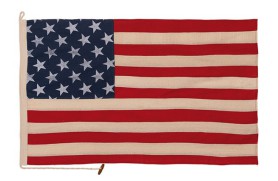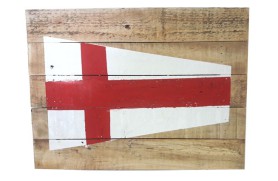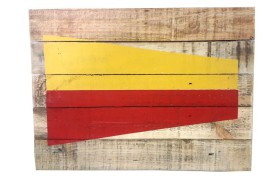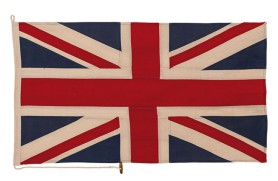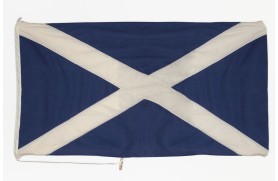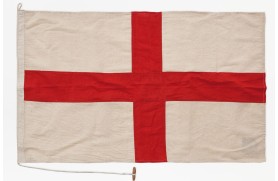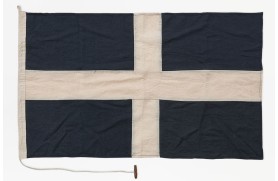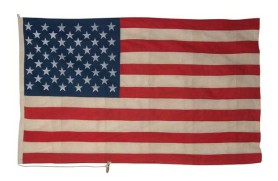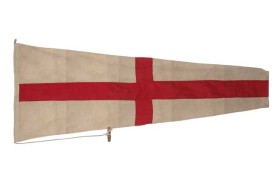
Nautical and marine flags: symbols of seafaring and tradition
Sea and marine flags are symbols of the maritime world that have a long tradition in shipping. These flags are not only used for communication and identification at sea, but also carry historical and cultural significance. In this essay, we will take a closer look at the different types of nautical and marine flags and their role in seafaring.
Marine flags can be divided into different categories. One of the most important is the national flag, which denotes a ship's country of origin. National flags are often colorful and bear the colors and symbols of the country that owns the ship. They are an important part of shipping history and serve to show the origin and nationality of a ship. National flags are usually flown on the stern (rear part) of a ship and are clearly visible from a distance.
Another important category of nautical and marine flags are signal flags. These flags have special meanings and are used for communication between ships at sea. The internationally recognized system of signal flags, known as the International Code of Signals, allows captains and crews to exchange messages without relying on language. Each letter of the alphabet is represented by a specific signal flag, and there are also flags for numbers and special terms. These signal flags are particularly important in emergency situations and when navigating.
Another interesting category of marine flags are the sailing and racing flags. These flags are often used in sailing competitions and regattas to identify participants and signal the progress of the competition. Each sailboat has its own combination of sail colors and patterns that uniquely identify it. During regattas, these flags are hoisted on the boats and the starting ship and serve as markers for the race course.
Tradition plays an important role in the world of marine flags. Many seafaring nations have historical flags that represent the country's maritime history. An example is the Jolly Roger, the skull and crossbones pirate flag often associated with the golden age of piracy. This flag has found a special place in pop culture and is an iconic symbol of adventure on the high seas.
Overall, nautical and marine flags are not only practical tools for communication and identification at sea, but also living symbols of seafaring and tradition. They carry the history and culture of the countries they represent and are an important part of the maritime world. From national flags that show nationality, to signal flags that facilitate communication, to regatta flags that enliven sailing competitions, nautical and marine flags have many facets and meanings. They remind us of the fascinating world of shipping and contribute to the rich cultural diversity at sea.
 Cookie preferences
Cookie preferences



